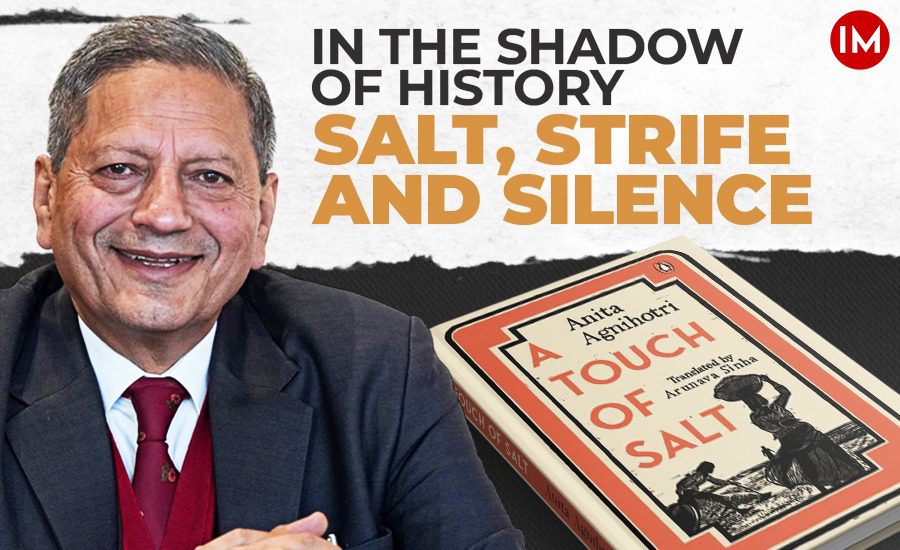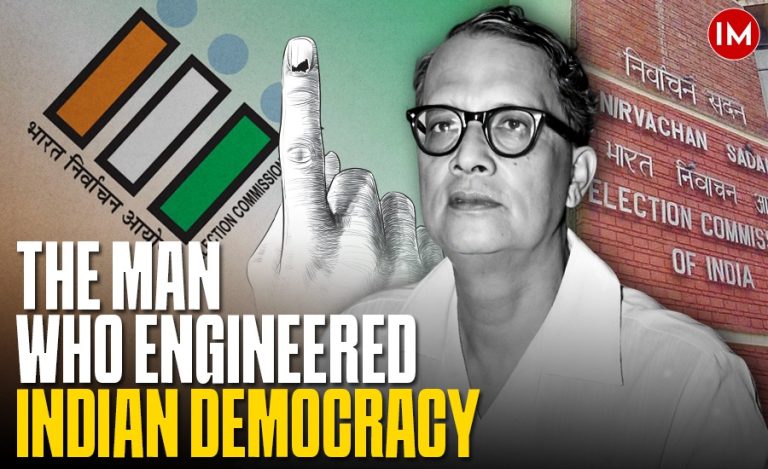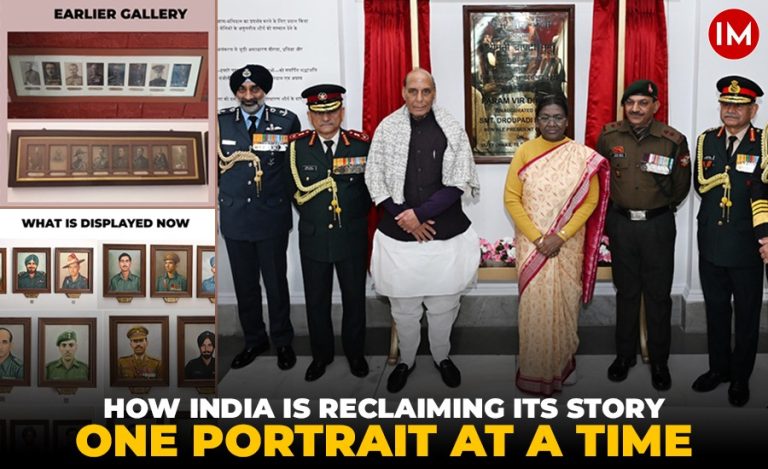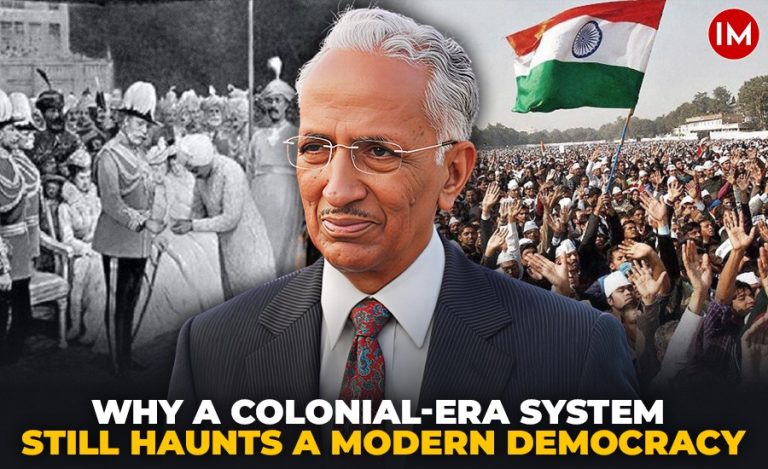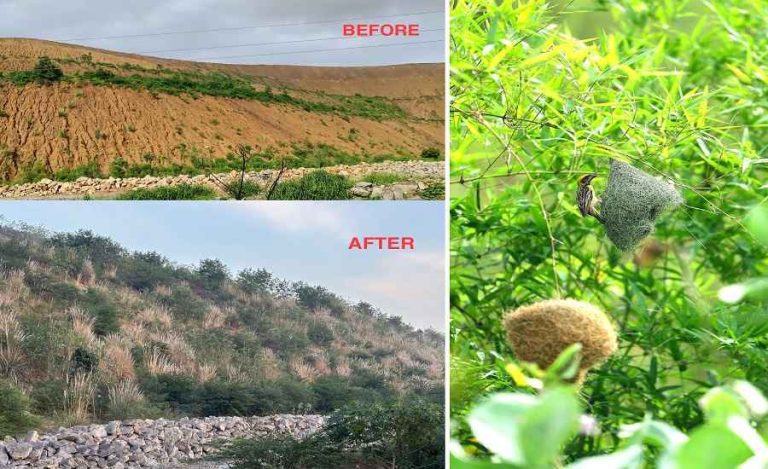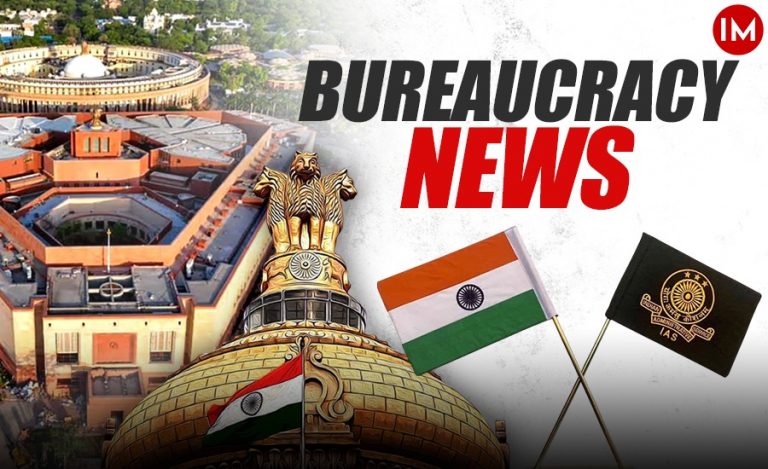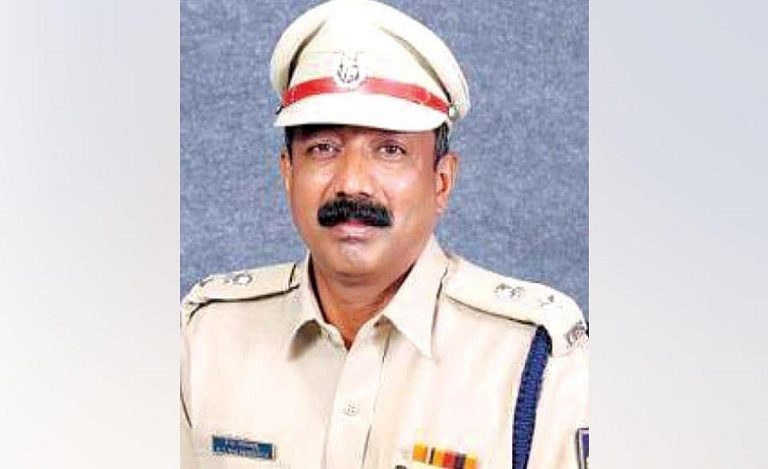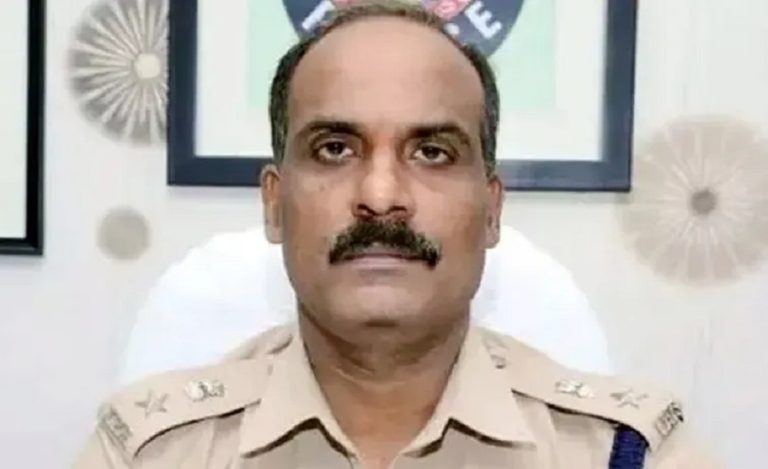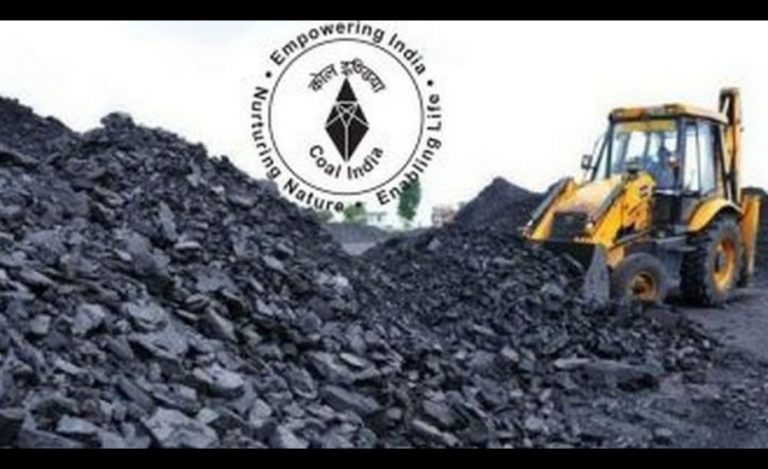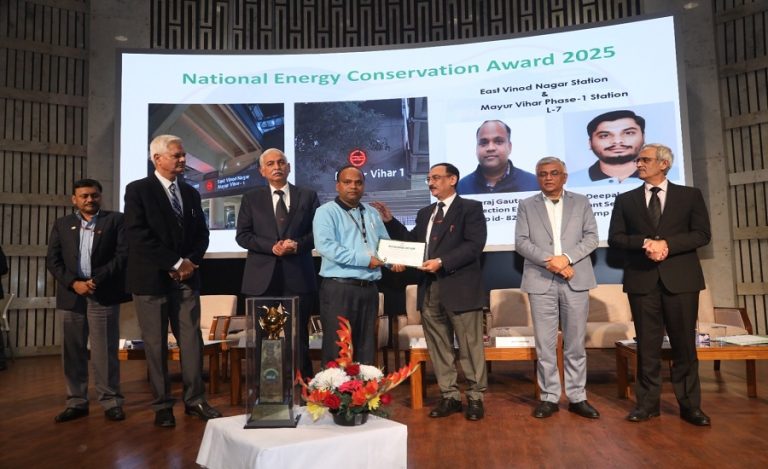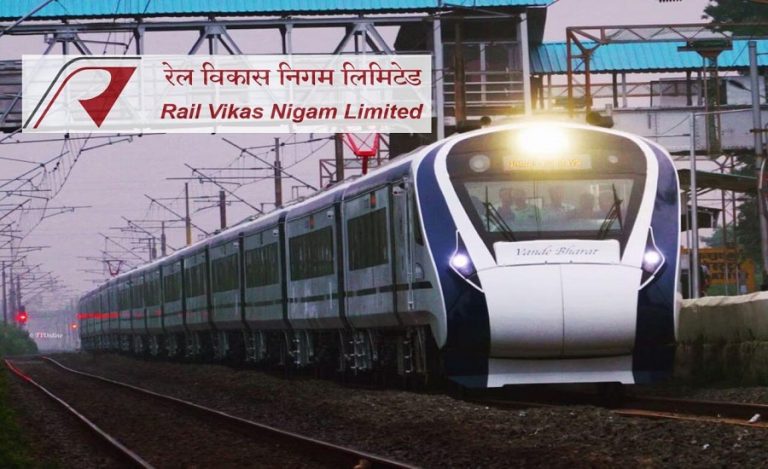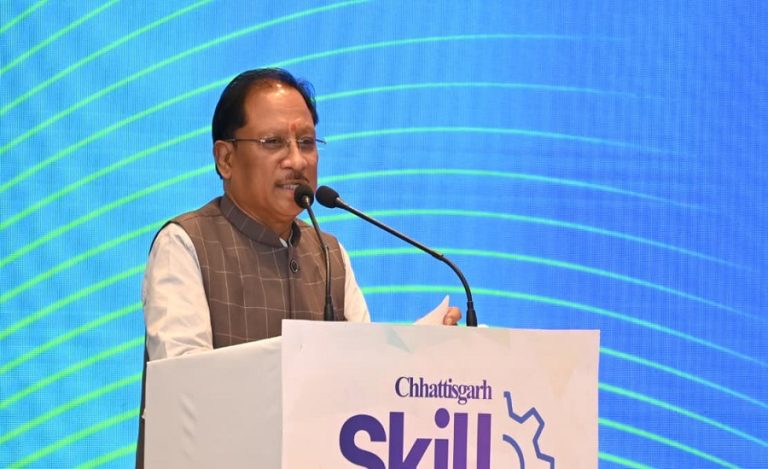Arunava Sinha’s English translation of the Bangla Lobonakto by Anita Agnihotri, ‘A Touch of Salt’ (ATS), is set in the Rann of Kutch and those villages and towns of Gujarat where the Mahatma (referred to as Gandhibaba) undertook the Dandi March in 1930, a turning point in the history of our freedom movement. Geology, geography, morphology, mythology, history, hagiography, political economy, and social history, as well as the intersection of gender and caste, come together in this intergenerational story, in which all characters, except historical ones—Gandhi, Kasturba, Patel, Nehru, Sarojini Naidu, Miraben, and Lord Irwin—are fictional.
We learn from ATS that the Rann of Kutch is a thirty thousand square kilometre estuary of the Thar desert on India’s western frontier. It includes a marshy green belt, treeless forest reserves, and is the natural habitat of wild asses, cranes, and flamingos, besides a host of migratory birds from across the globe. Aeons ago, the Indian and the Eurasian plates met beneath the surface of the earth. In the Jurassic age, before Gondwanaland split into two, there was a deep sea where the Rann is now, thus accounting for all the underground salt that had been harvested by the community of Agarias (salt makers) from times immemorial.
The community elders assert that Aurangzeb’s firman gave them a perpetual and exclusive right over the manufacture of salt. This was also an important exportable from the erstwhile busy and active port of Bharuch, when ships carried merchandise to Java and Sumatra in the east and to Aden and the Red Sea in the west. Then the onslaught of the Khiljis, Tughlaqs, Portuguese, and Marathas in quick succession diverted the merchants to safer shores elsewhere.
The Rann was witness to a massive earthquake of 1819, which saw thousands dead, besides a change in the course of the Indus. By 1835, the East India Company discovered the potential of salt and set up its trading outpost replete with a settlement boasting manicured lawns, flower gardens, a club, and a library. As value and volumes grew, the steam engine and railway waggons for extracting the produce made their appearance in Kharaghoda (khara for salt and ghoda for mound) in 1880, the village of our fictional muses, Tribhuvan Patel and his grandson Azad.
In the aftermath of the 1883 famine, the government was desperate to raise its revenues, and its attention was drawn to ‘salt’, the essential ingredient for every human and animal of the subcontinent. Thus was established the Salt Commission in 1885, but in an interesting coincidence, this was also the year of the founding of Indian National Congress, which soon raised the issue of this iniquitous tax. By 1891, Gandhi (still not Mahatma) wrote against it in the London press.
On his return from South Africa, he had galvanised the Congress and established a permanent base on the banks of Sabarmati after the 1917 earthquake. Everything about the Dandi March of 1930 is described in ATS in great detail—from its conception to its logistics, the choice of the route, which avoided both princely states and Muslim-dominated villages, the choice of the 78 volunteers, the leadership succession in the event of Gandhi’s arrest and the advance scouting parties. The Dandi march galvanised the nation; hundreds of thousands joined the protest; salt became more affordable; but what of the world of Agarias, the primary producers of salt?
We learn from the narrative that the Agarias led a transhumance existence—four months in their native Kharaghoda—but from the month of Kartik (post-Dussehra) till the peak of summer in Jyeshta, they lived in their makeshift shanties in the desert to produce salt in extreme climes—from sub zero in the cold nights of Pausha (December-January) to the unbearable summer of Baisakhi (April-May). Given the ‘pagla padwani’ —the rhythm of their feet in saline water when salt enters their soles—all Agarias lose control over their limbs below the knees, so much so that when their bodies were cremated, the legs refused to burn with the rest of the torso.
While Tribhuvan had marched with Gandhibaba as a feisty teenager and stoically bore nineteen stitches when the cops rained blows on his skull and ribs, his grandson Azad Patel carried on the struggle for livelihoods and Azadi well into the seventh decade of Independence. In this, both are different from Ramsingh–who found his father Tribhuvan’s idealism misplaced—in his considered opinion, the British rule was better, at least insofar as the Agarias were concerned for they got their land leases on time, and the water was provided on the designated days with clockwork precision. Tribhuvan had been the first to make salt in the Dandi march, but the camera did not click his picture for posterity. All that remained was the oral narrative!
What happened after Independence? As salt became more affordable, the Agarias lost their bargaining power with the new monopolists. But more than that, with the declaration of the Rann of Kutch as a’reserved forest’ for the protection of wild asses, the Agarias lost whatever rights they had over their livelihoods and their water. It became a commodity to be purchased from contractors who owned water tankers. The Narmada canal was a boon for the farmers of Gujarat and MP: the two states recorded double-digit growth in agriculture, but it also marked the death knell of the micro-level salt workers whose pans were flooded with the sweet waters.
The final blow that shattered their world was the establishment of a modern salt manufacturing unit that would draw all the water from their settlement. They found it disconcerting that the very same forest officials who stopped the Agarias from even drawing survival water were now hand in glove with these big units, obviously with the political protection of the ‘high and mighty’ of the state government.
Azad and his RTI activist friend Nilesh move the government for information about their rights and their records. Not only are they meeting with stony silence, the activist breathed his last in a shooting incident (or accident), which was classified in police records as suicide. And Azad is nowhere to be traced, for his ‘azadi’ has been clamped under the draconian provisions of the National Investigation Agency, which authorises his trial outside of his state. The Home Secretary, a member of the IAS, is an established symbol of status quo but is ironically named Viplav (which means revolution in Bangla and Hindi). Like his colleagues, he has taken an oath to be faithful to the Constitution and knows the letter of the law to the tee, but that is it.
The spirit has been buried in deep, very deep furrows in the underbelly of the earth. Symbolically too, from his office facing the Sabarmati river front, the Hriday Kunj in the Sabarmati Ashram where the Salt march had been conceptualised is invisibilized by the ‘redeveloped features’ in the new steel and cement complex, which boasts shopping centres, restaurants, river cruises, and speed boats. For as the last paragraph puts it so succinctly: ‘the Mahatma, in any case, has to be looked for in the darkness, not under bright lights’ and ‘the lifeless river, as dry as a dead mother’s breasts, has been filled by the waters of Narmada, and tourists marvel at the magic incantations that have brought the river back to life’…
Or so they believe in the land where the Mahatma adorns every currency note and ‘Azad’ needs a Habeas corpus petition to be resurrected.
Dr. Sanjeev Chopra is a 1985 batch IAS officer of West Bengal cadre. He retired from the service on March 31, 2021, as Director, Lal Bahadur Shastri National Academy of Administration (LBSNAA), Mussoorie.

